-

High Speed Analog Inputs
The modular system layout allows up to 48 high speed analog input channels. All such inputs provide IEPE/ICP sensor power supplies, AC/DC coupling circuits, programmable high quality instrument amplifiers, automatic anti aliasing filters, and 24 bit A/D converters
-

High Speed Pulse Inputs
High speed pulse tachometer inputs may be used with any sensor providing pulse output signals. The tachometer inputs are as well synchronized with the high speed analog input channels.
-

CAN Bus & FlexRay Ports
The system can be equipped with two additional CAN/CAN-FD interfaces fir vehicle, dynamometer, or the flexible integration of additional measurement components.
A FlexRay interface can also be provided for vehicles that supply the signals of interest for brake development on the FlexRay.
-

AUXILIARY ANALOG INPUTS
For the remaining analogue signals, analogue low-speed inputs are offered by the system. Possible signals here are e.g.: Brake pressure signals, signals from the volume flow measuring units.
Each input also offers the option of providing an adjustable power supply for the connected sensor. The analogue low-speed inputs can be used at a rate of 100 Hz. Sampling is synchronous with the sampling of the high-speed signals.
-

Thermo Couple Inputs
The system can be provided with 32 thermocouple inputs. These operate at a standard capture rate of 10 Hz; optionally, inputs with a capture rate of 100 Hz can be provided.
The optional connection of thermocouples via CAN bus extension modules allows the connection of a large number of thermocouples with reduced cabling effort.
-

Flexible System Integration
Various interface options allow flexible integration of the Eventscan RIG system into the test stand control: analogue IO & trigger signals, CAN bus, LAN or CAN bus with TCP/IP server - to match the test stand architecture.
Flexible integration...
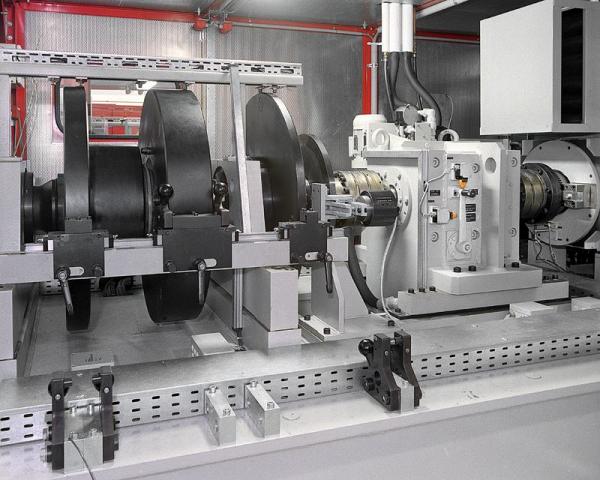
Various interface options allow flexible integration of the Eventscan RIG system into the test stand control: analogue IO & trigger signals, CAN bus, LAN or CAN bus with TCP/IP server - to match the test stand architecture.
...to fit your needs
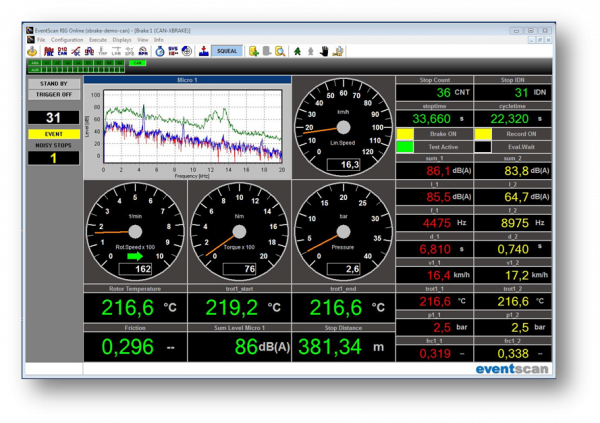
EventScan RIG offers comprehensive options for displaying the current measurement and analysis data in real time. The display is freely configurable and is stored separately from the test parameters.
The configuration of the display can vary depending on the type of test and can be realised by calling up a layout file. This selection is made by the host computer via the interface.

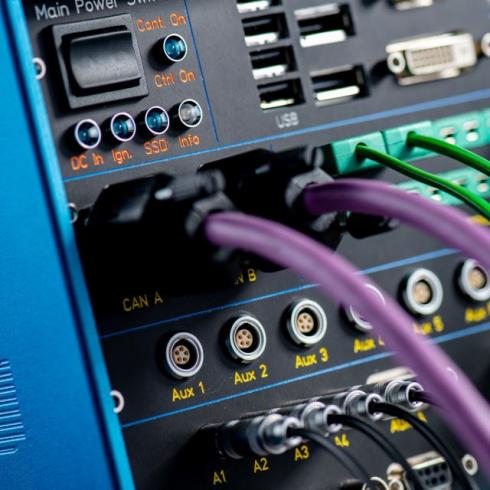
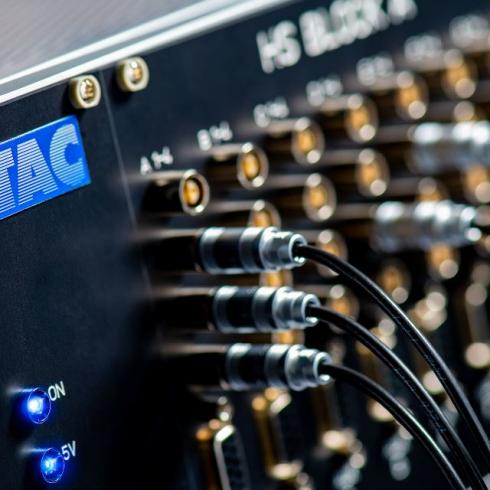
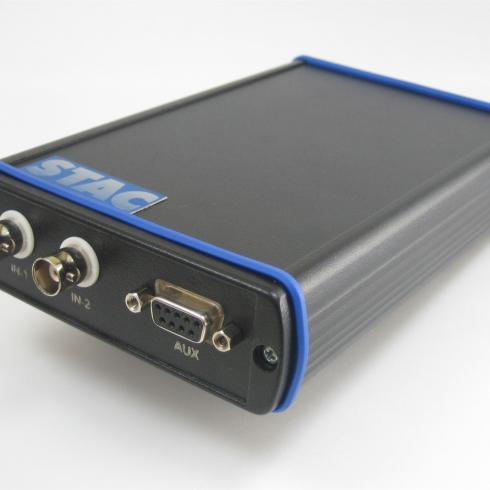
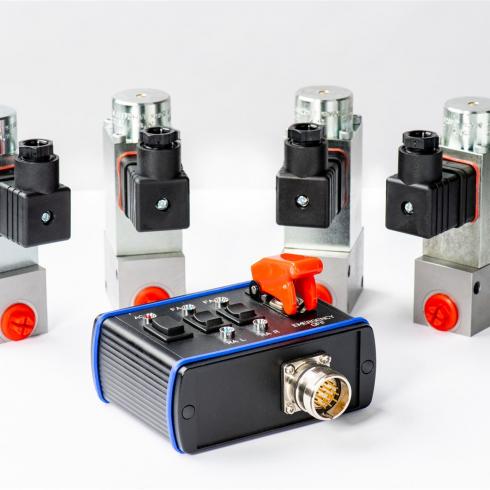

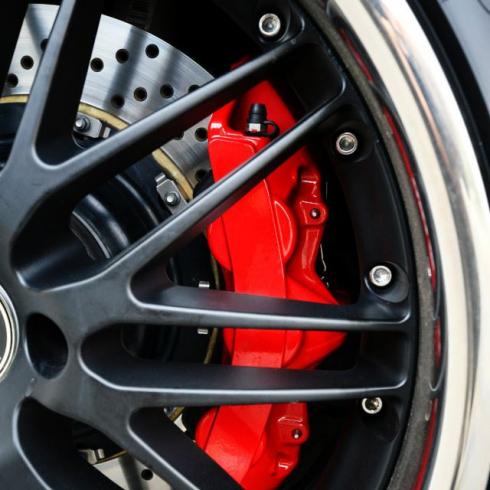
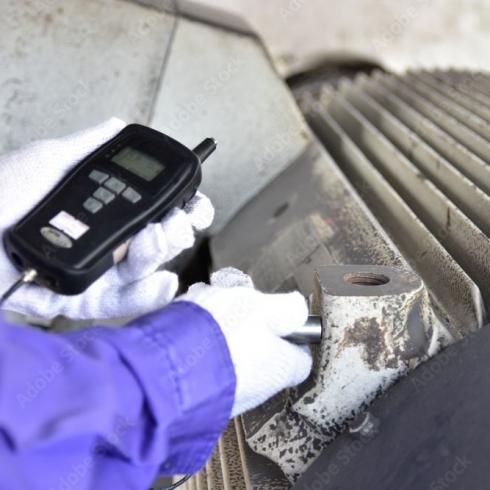

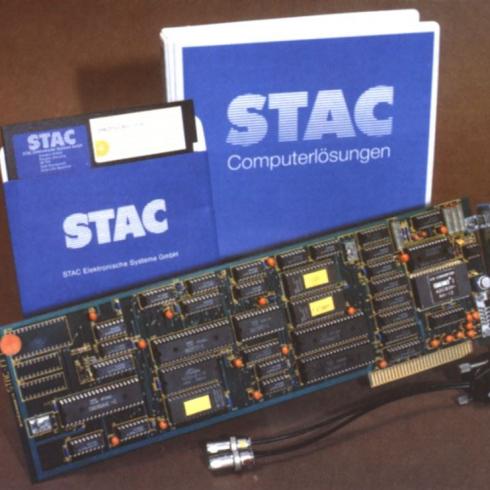

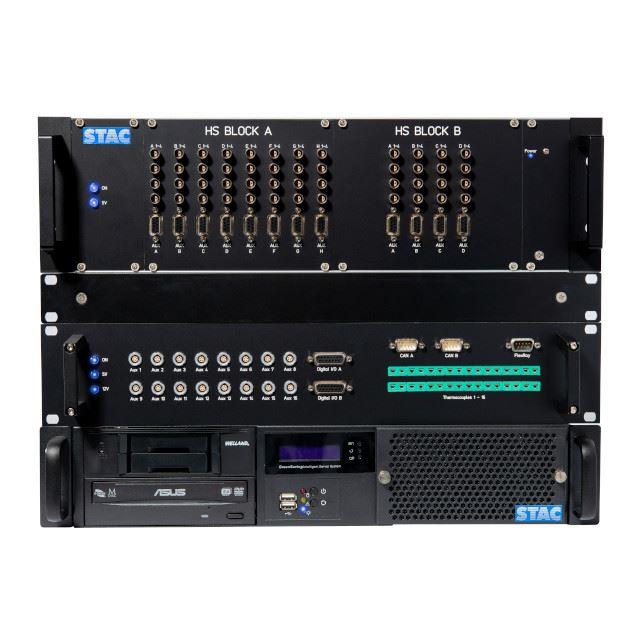

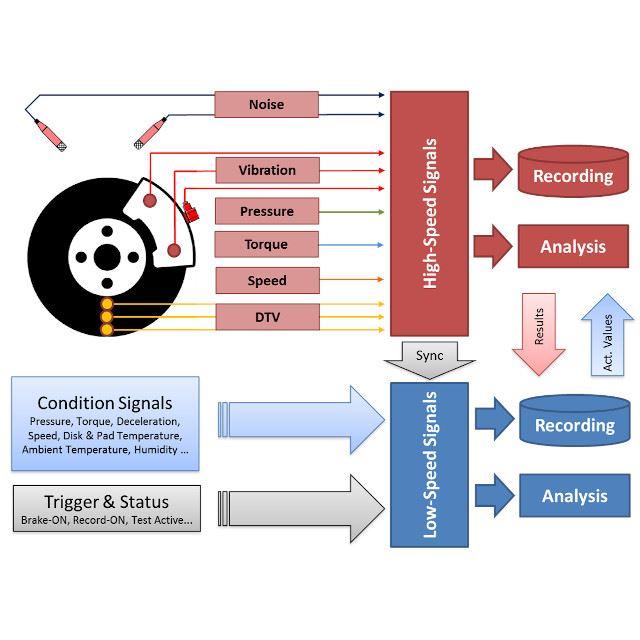


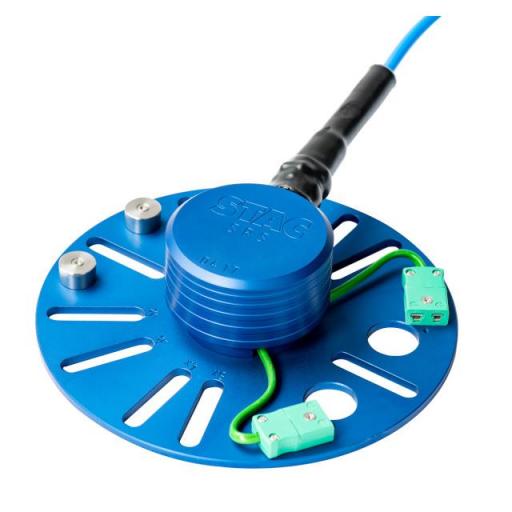
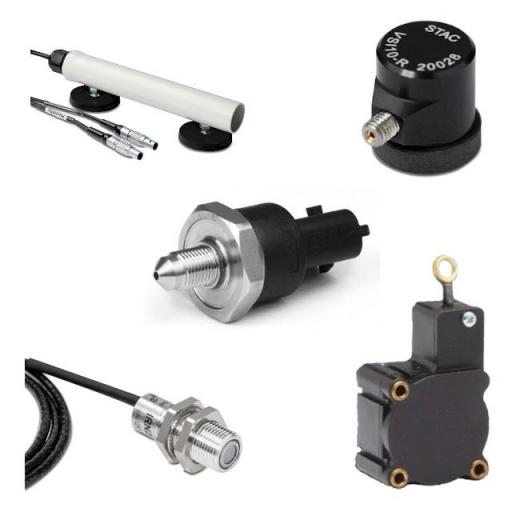
 Contact us
Contact us